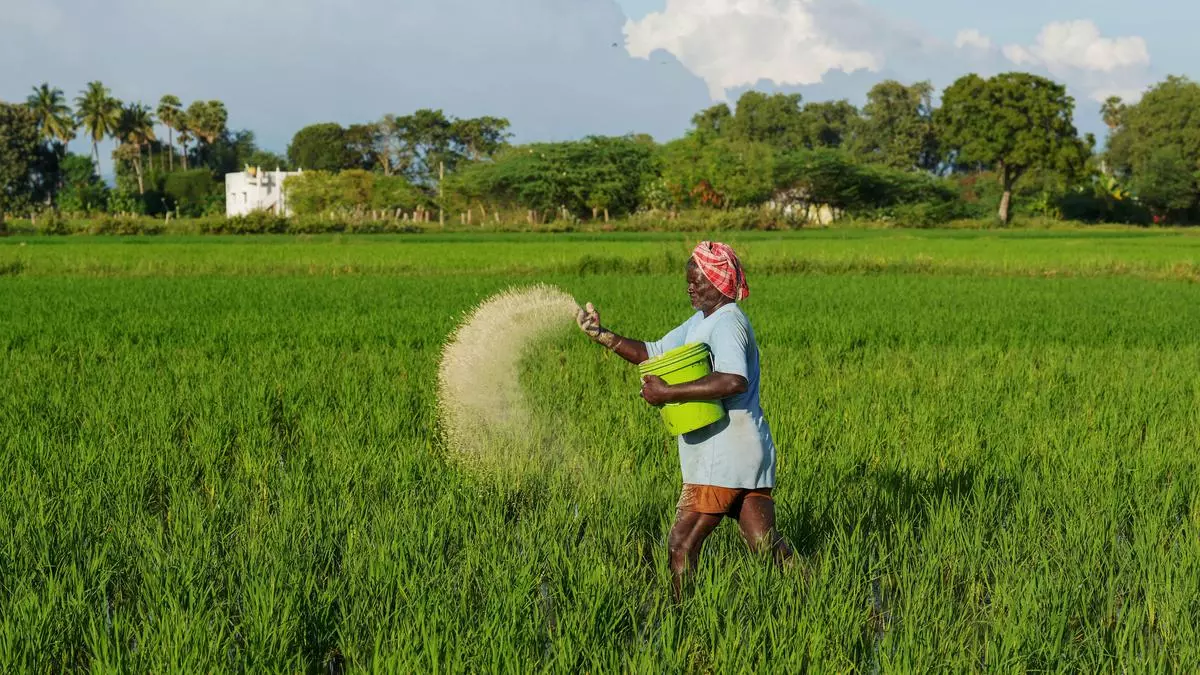Empowering agri-rural workers: The role of insurtechs in overcoming challenges
It is projected that more than half of India’s population will continue to live in rural areas by the year 2047, and agriculture will remain a crucial source of employment. Hence, it is important to consistently explore ways to empower individuals engaged in the agricultural sector, ranging from farmers to labourers and seasonal workers. This segment is vulnerable to personal and financial risks, such as contracting vector-borne diseases like malaria and dengue (seasonal), as well as field-related issues like electrocution, snake bites, and accidents.
Securing financial stability
Some 63 per cent of India’s current health spending is out-of-pocket expenditure (OOPE) and high OOPE indicates high exposure to financial risks and often pushes approximately 7 per cent of India’s population into poverty every year. Hence, insurance is of significance for people in rural areas as it helps them maintain financial stability by offering compensation and easing the impact of unforeseen circumstances.
Insurance coverage extends a lifeline by covering medical expenses for seasonal diseases and accidents, protecting individuals from OOPEs. Additional benefits, such as teleconsultation and outpatient department (OPD) coverage, enhance accessibility to healthcare services. Overall, insurance not only safeguards against financial setbacks, but also promotes well-being by facilitating timely medical interventions and support services.
Obstacles for agri-rural workers
In rural and semi-rural areas of India, only 25 per cent of the population is insured, and the challenges contributing to low penetration include low insurance awareness, absence of affordable and tailored products, and restricted accessibility. Further, factors such as the absence of people-friendly and transparent claims settlement mechanisms, limited digital literacy and a weak network of insurance companies make it challenging for them to obtain comprehensive coverage that adequately meets their needs.
Establishing trust and increasing awareness
By leveraging digital platforms and tools like AI, IoT, big data, and APIs, insurtechs are simplifying insurance processes and improving the accessibility of affordable insurance products. Hence, digitising existing distribution channels and unlocking new ones after assessing the segment’s current behaviour, remains crucial. Also, insurance plans are being tailored to match the needs of farmers and offer them efficient protection, with a choice of flexible or monthly premiums. This enables agri-workers to protect themselves and their families against adverse situations. To increase adoption and awareness, insurtechs often tie up with local entities trusted by agri-rural workers such as farmer producer organisations (FPOs) and village pradhans . Collaborating with these organisations can effectively enhance awareness and establish trust in insurance products within this segment as the farmers rely on these organisations and trust them as one of their own. Additionally, these local entities play a crucial role in mitigating reluctance towards pre and post-digital processes related to insurance, such as digital policy issuance, consent approval, and online claims resolution.
Future sustainability
While government initiatives such as crop insurance protect the livelihood of agri-rural workers, the personal risks that we discussed above remain unaddressed. This is where insurtechs with affordable and relevant coverage come into the picture. Insurtechs have the agility to innovate and provide personalised offerings, by taking into account the occurrence of accidents, disability, and health-related challenges, ensuring comprehensive coverage for individuals associated with the agriculture segment. By bridging the gap between conventional insurance offerings and the unaddressed requirements of this demographic, insurtechs play a pivotal role in enhancing overall risk protection and financial security for farmers and rural populations.
The author is CEO of Bimaplan
